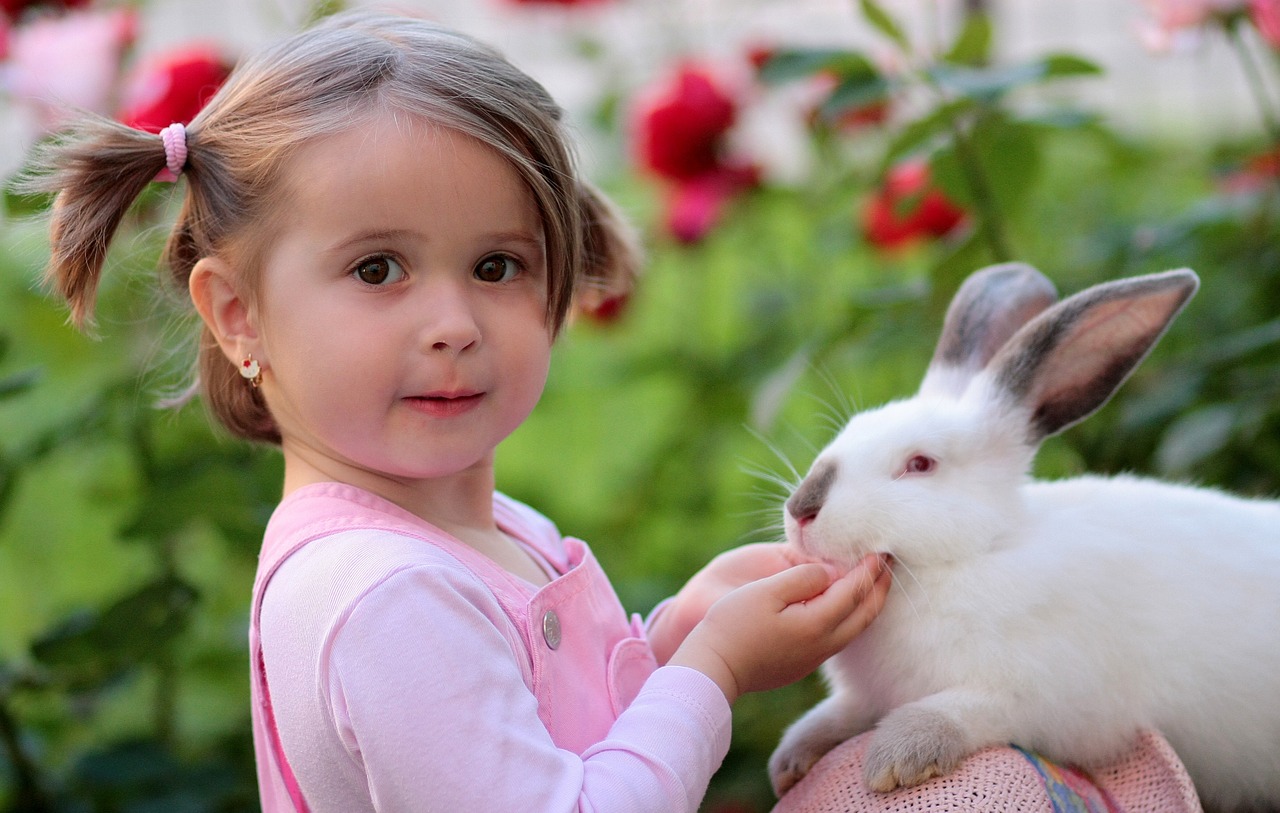Just like humans, there is such a thing as pet body language! And of course animals talk! It’s just not the same way we do.
It’s so important to become familiar with your pet’s body language for both you and your children. To help the whole family understand their pets better here’s a list of pet body language and what it all means ….
Pet Body Language
Ever wondered what your pet was thinking or feeling? To help you understand your animal better, take a look at some pet body language below. Now you’ll be able to know how to read their mood.
Pets are good for us – according to science. Studies have shown pet owners are less likely to suffer from depression and that petting a dog for 15 minutes can reduce your blood pressure by 10% .
As well as owners reporting they were happier, had higher self-esteem, and less lonely, there’s considerable evidence that pets help with our mental well-being.
So what are your pets trying to tell you?
Cat Talk
A cat blinking means that they love you. It often looks like your cat is annoyed, but the slow blink actually signifies that your cat is not a threat to you or another animal. Also known as the ‘love blink’, this facial expression shows your cat loves and trusts you.
If a cat hooks its tail forwards, then it likes you – A calm cat that has their tail straight and a hooked tip pointing forwards, is the cat greeting you. This gesture means the cat is happy to see whoever they’re meeting.
If a cat’s tail moved when it’s sleeping this means that it’s relaxed but focussed on something – You may have noticed your cat still in slumber, but his tail is full of energy – tapping away. What this usually means is your cat is relaxing but focusing on something around him. It could also mean your cat is fast asleep and dreaming.
Often mistaken for shock, a wide mouthed cat is actually just having good sniff – If your cat looks in shock this is actually your cat smelling more clearly. Cats have an extra organ on the roof of their mouth – the Jacobson’s organ. This organ helps them smell better, so when you see your cat do this, they’re opening up their Jacobson’s organ to smell an interesting odour.
Dog Talk
If a dog wags its tail to the right this means they like the person. Studies have found that a happy pooch will wag his tail more to the right when he sees someone he likes. however, when a dog wags its tail to the left this means they are wary of the person, or that they may be a stranger
If a dog wags its tail while barking and hard staring, then it’s either too stimulated or irritated. You might think a dog wagging its tail means he’s happy. But a dog wagging his tail, barking and has hard staring eyes symbols the dog is too stimulated and irritated. Probably best not to approach this pooch.
A lifted paw means that a dog is fearful or anticipating their next meal – You might think a dog wagging its tail means he’s happy. But a dog wagging his tail, barking and has hard staring eyes symbols the dog is too stimulated and irritated. Probably best not to approach this pooch.
Rabbit Talk
When a rabbit thumps its hind legs, this is a sign that it senses danger and is fearful – When a rabbit thumps one foot or both of its hind feet, this can mean a few things. One mood they could be displaying is fear, and this body movement is alerting other rabbits to danger. Sometimes rabbits use thumping as a way to show they’re not impressed, and they disapprove.
A content rabbit will chatter their teeth like a purr when they are happy. This teeth clicking is often known as a rabbit’s version of purring. This motion indicates your rabbit is quite happy and content, and often accompanied by jaws and whiskers moving a little. Usually displayed when you pet your rabbit.
If a rabbit circles you it’s because they want your attention. More commonly courting behaviour but can also indicate your rabbit wants something – “HEY! Human look at ME!” If you have a tasty treat a rabbit may circle your legs so you notice him.
Happy rabbits often run around the room, kick up their feet and turn while in the air. A happy rabbit will often display their mood by running around a room, kicking up feet, jumping and turning in the air.
Discover more about pet body language in tombola’s helpful guide to pet talk.








